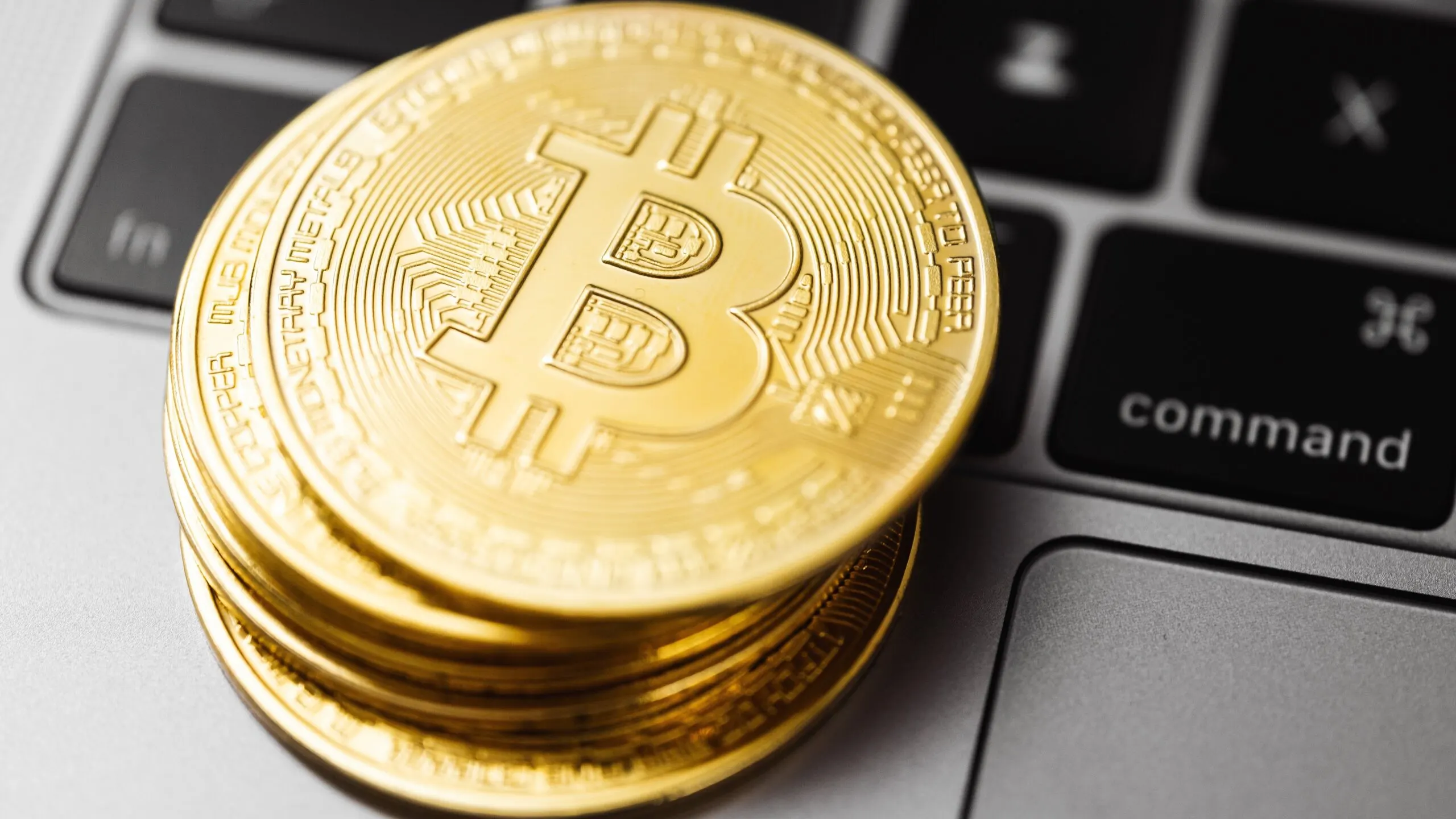Bitcoin | In 2008, an individual using the pseudonym Satoshi Nakamoto published a concise document of 9 pages outlining a revolutionary concept of a decentralized digital currency. This groundbreaking creation was named Bitcoin.

Introduction to Bitcoin
Bitcoin represents the pioneering decentralized cryptocurrency and payment system, which was introduced in 2009 by the enigmatic figure known as Satoshi Nakamoto. The term “cryptocurrency” refers to a category of digital assets that utilize cryptography for securing and verifying transactions. These transactions are typically recorded on computers distributed across the globe, using a technology called blockchain (explained further below).
Bitcoin can be divided into smaller units called “satoshis” (up to 8 decimal places) and can be used for making payments. However, it is also recognized as a store of value, comparable to gold. The value of a single bitcoin has experienced significant growth since its inception, rising from less than a cent to tens of thousands of dollars. In financial markets, bitcoin is denoted by the ticker symbol BTC.
The term “decentralized” is frequently associated with cryptocurrency, signifying a system that is widely distributed without a central authority or governing entity. Bitcoin, along with many other cryptocurrencies, operates on a technology and infrastructure that does not rely on centralized institutions such as banks or governments for its creation, supply, and security management.
Rather than relying on intermediaries or central servers, Bitcoin is designed to enable direct peer-to-peer value exchange through a network where all participants have equal power. This network allows seamless sharing and storage of data, as well as sending and receiving bitcoin payments between parties.
The Bitcoin Network and Blockchain
The Bitcoin network (with a capital “B” when referring to the network and technology, and a lowercase “b” when mentioning the currency itself, bitcoin) is entirely public, enabling unrestricted participation for anyone worldwide with an internet connection and a compatible device. Moreover, Bitcoin operates on an open-source model, granting anyone the ability to view and share the underlying source code on which Bitcoin is built.
A helpful analogy for understanding Bitcoin is to consider it as the internet for money. Similar to the internet, Bitcoin is purely digital, devoid of single ownership or central control, borderless in its accessibility (as long as one has electricity and a device), available around the clock, and capable of facilitating easy data sharing among its users. Now, envision an “internet currency” where all internet users collectively contribute to its security, issuance, and direct peer-to-peer transactions without the need for a bank. That’s essentially what Bitcoin represents.
<Bitcoin Casino – What Is Bitcoin Casino & Bitcoin Casino Sites?>
An Alternative to Traditional Currency

Originally conceived as an alternative to conventional forms of money, Bitcoin aimed to become a universally accepted legal tender for purchasing goods and services. However, Bitcoin’s viability for everyday transactions has been hindered by its price volatility. Volatility describes the extent to which an asset’s price fluctuates over a given period. In the case of Bitcoin, its price can change dramatically from day to day, even within minutes, making it less practical as a stable payment option. For instance, one wouldn’t want to pay $3.50 for a cup of coffee only to find out it’s worth $4.30 five minutes later. Similarly, merchants face challenges if the price of bitcoin dramatically decreases after receiving payment.
In many respects, Bitcoin operates differently from traditional money. It is not controlled or issued by a central bank, has a fixed supply (with a predetermined cap on the total number of bitcoins that can be created), and its price is unpredictable. Understanding these distinctions is crucial for comprehending Bitcoin’s nature.
How Bitcoin Functions
Bitcoin comprises three distinct components that together form a decentralized payment system:
- The Bitcoin network
- The native cryptocurrency of the Bitcoin network, known as bitcoin (BTC)
- The Bitcoin blockchain
Bitcoin operates on a peer-to-peer network of computers, referred to as “nodes,” which collectively maintain the Bitcoin blockchain. A blockchain is a distributed ledger that chronologically records all bitcoin transactions. This public ledger ensures transparency, as it can be audited by anyone at any time. Moreover, the blockchain’s decentralized nature enhances security, as tampering with the records requires overpowering the combined computational power of the entire network.
Bitcoin mining plays a vital role in securing the network and validating transactions. Miners employ specialized computer hardware to solve complex mathematical puzzles, known as proof-of-work (PoW). By doing so, they confirm the accuracy and integrity of transactions and add them to the blockchain. Miners are rewarded with newly minted bitcoins for their efforts, as well as transaction fees paid by users.
Bitcoin’s Potential and Impact
Bitcoin has garnered significant attention and sparked widespread interest from various sectors. Its decentralized nature, potential as a hedge against traditional financial systems, and ability to facilitate cross-border transactions have all contributed to its appeal.
Furthermore, the underlying technology of Bitcoin, blockchain, has garnered attention from industries beyond finance. The concept of a transparent, secure, and decentralized ledger holds potential for applications in areas such as supply chain management, voting systems, intellectual property rights, and more.
However, it’s essential to acknowledge that Bitcoin and other cryptocurrencies operate in a relatively young and rapidly evolving ecosystem. As with any investment or emerging technology, there are risks and uncertainties involved. It’s crucial to conduct thorough research and exercise caution when engaging with cryptocurrencies.
In summary, Bitcoin represents a groundbreaking decentralized digital currency and payment system that operates on a peer-to-peer network without the need for intermediaries. It utilizes blockchain technology to record and verify transactions, offering a potential alternative to traditional forms of money. Bitcoin’s impact extends beyond its role as a currency, as the underlying blockchain technology holds promise for various industries.



